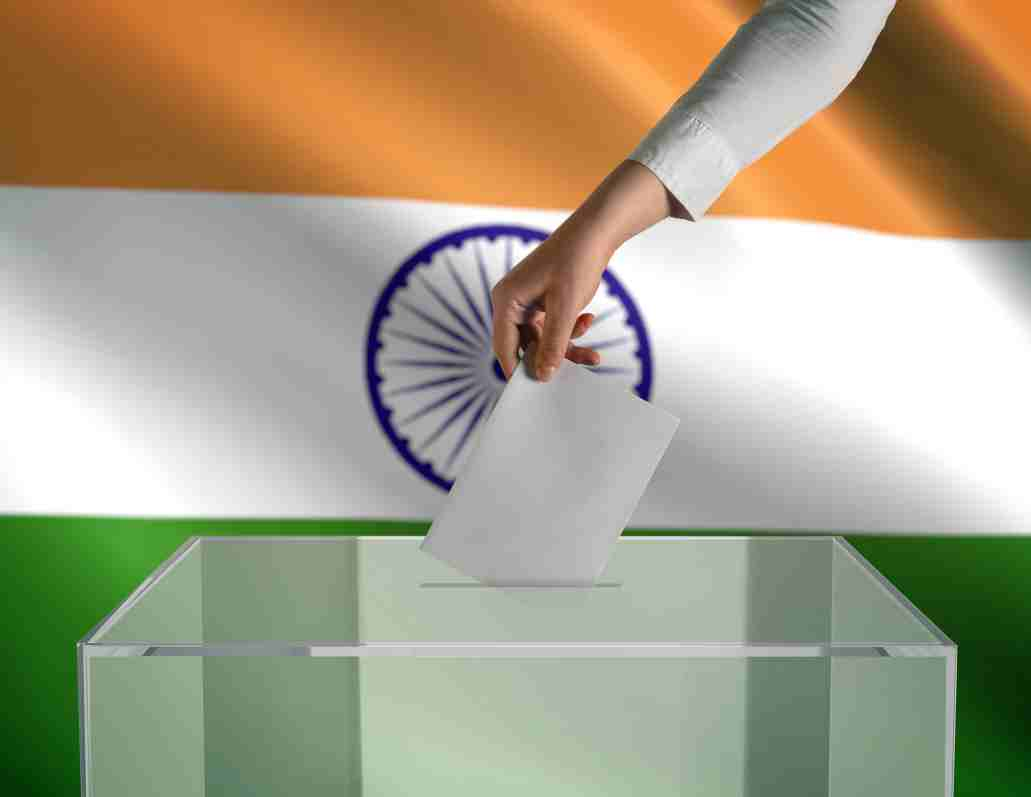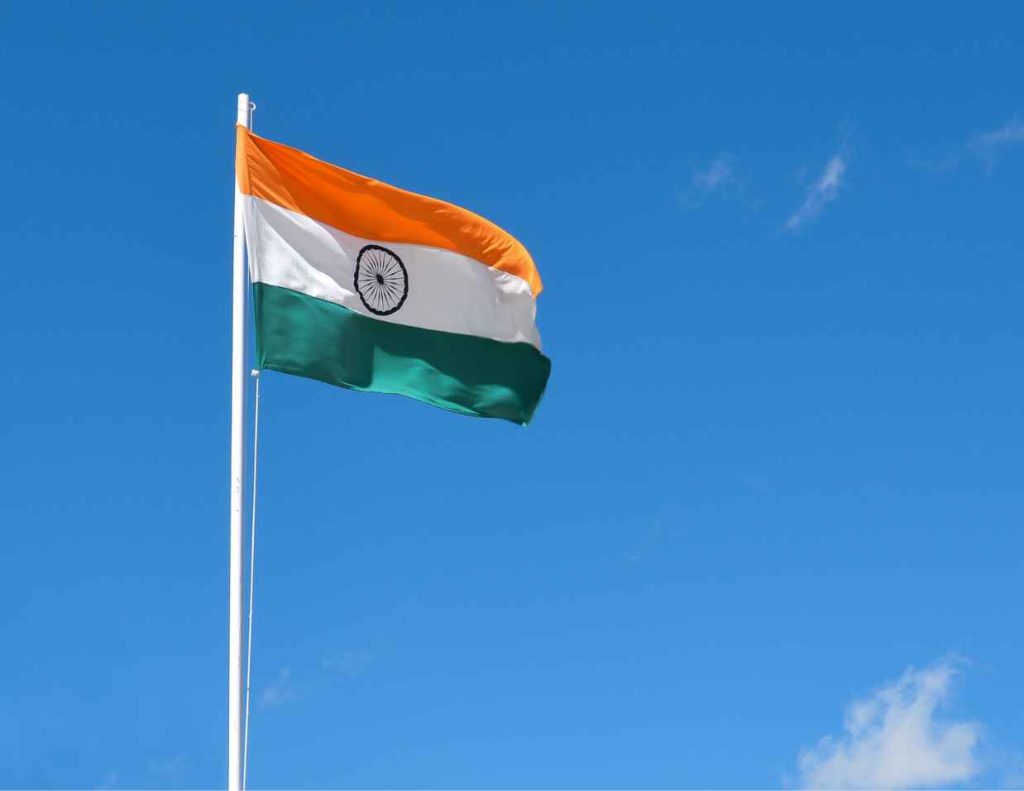Narendra Modi Is All Set To Win

Prime Minister Narendra Modi is all set to win with a significant majority in the upcoming general elections in India. But this is not just a mere coincidence. The Bharatiya Janata Party (BJP), under the leadership of Modi, has cultivated various factors contributing to his popularity and his party’s electoral success.
Strong Leadership and Public Image
Prime Minister Narendra Modi has cultivated a strong public image as a decisive leader capable of taking bold actions. His communication skills and direct engagement with the public through social media and his radio program ‘Mann Ki Baat’ have helped him build a personal connection with a significant portion of the Indian electorate. His image as a leader committed to the nation’s development and capable of making tough decisions is a crucial factor that could lead to a huge majority win.
Prime Minister Narendra Modi’s image on the international platform significantly contributes to his and his party’s political capital at home in India, enhancing their appeal in several ways. Here’s how Modi’s international image aids his domestic political standing:
Modi has engaged with leaders worldwide, fostering diplomatic relationships that have led to numerous bilateral agreements beneficial to India, including those related to defense, trade, technology, and climate change. These achievements are often highlighted in domestic campaigns, showcasing Modi and the BJP as capable of elevating India’s global status.
Both international and Indian media have widely covered Modi’s diplomacy and rapport with world leaders. His interactions with leaders like the U.S. President, Russian President, and others exemplify his strong leadership and India’s growing international influence. It enhances his image as a global statesman among the Indian electorate.
Promotion of Indian Culture and Interests Abroad
Modi has effectively used international platforms to promote Indian culture, traditions, and interests. Initiatives like the International Day of Yoga have positioned India as a soft power on the global stage. By associating these successes with his leadership, Modi reinforces his image as a leader who enhances not only India’s economic and strategic position but also its cultural influence.
Modi’s international visits and engagements are often aimed at attracting foreign investment and boosting trade ties. Announcements of investments and partnerships following such visits are portrayed as personal victories for Modi, showcasing his commitment to India’s economic development. This narrative supports the perception of a government working tirelessly to improve the nation’s economic fortunes.
Modi’s stance on international issues, such as cross-border terrorism and India’s territorial disputes, is often framed within a narrative of strong nationalism and defending India’s sovereignty. His government’s actions, like the surgical strikes against terrorist camps, are highlighted to assert India’s military and strategic independence. Such actions resonate with the electorate’s sense of national pride and security, bolstering Modi’s image as a protector of the nation.
The way Modi’s government handles international crises, including the COVID-19 pandemic and border tensions with neighboring countries, is closely watched both domestically and internationally. His efforts to secure vaccines or stand firm in border disputes further solidify his image as a decisive and competent leader.
Economic Policies and Development Initiatives of Narendra Modi
Under Modi’s leadership, the government has launched various economic policies and development initiatives to improve infrastructure, increase digitalization, and promote financial inclusion. Initiatives like ‘Make in India’, ‘Digital India’, and the Goods and Services Tax (GST) reform have boosted economic growth and improve governance. The perception of a government working towards economic development can sway voters in favor of Modi.
National Security and Foreign Policy
The Modi government has taken a firm stance on national security and foreign policy, with actions like the surgical strikes against terrorist camps in Pakistan and the handling of the Doklam standoff with China. These actions have been portrayed as examples of Modi’s strong leadership in protecting India’s sovereignty and national interest, potentially garnering significant electoral support.
Political Strategy and Party Machinery
The BJP, under Modi’s leadership, has demonstrated a highly effective political strategy and an efficient party machinery. The party’s focus on expanding its base through social media, grassroots mobilization, and aligning with regional parties in key states has enhanced its electoral prospects. The BJP’s ability to present a unified front and its organizational strength could be significant factors in achieving a major victory.
The BJP boasts one of India’s most disciplined and widespread party organizations. Its ground game is unmatched, with a strong presence in almost every part of the country. This organizational prowess allows the party to effectively mobilize voters, conduct door-to-door campaigns, and ensure a high voter turnout. The Rashtriya Swayamsevak Sangh (RSS), a volunteer organization ideologically aligned with the BJP, supports the party’s grassroots mobilization efforts, further enhancing its reach and influence.
Under Modi’s leadership, the BJP has embraced technology and data analytics to optimize its electoral strategy. The party uses data to identify voter preferences, target communications, and address local issues effectively. This data-driven approach helps customize campaigns to resonate with diverse voter groups, maximizing support.
The BJP has mastered using social media to reach voters, especially the youth. The party’s leaders, including Modi, are active on platforms like Twitter, Facebook, and Instagram, where they communicate their messages directly to the electorate. This strategy bypasses traditional media channels, allowing the party to control its narrative and engage with voters on a personal level.
Centralized Leadership with a Decentralized Campaign Approach
While the party benefits from Modi’s centralized leadership, known for his charismatic appeal and oratory skills, it also employs a decentralized campaign approach. Local leaders and workers can make decisions that suit their specific regional contexts. This blend of centralized appeal and localized campaigning ensures that the party’s message is both unified and adaptable.
The BJP has been adept at forming strategic alliances with regional parties across different states, which has expanded its electoral base beyond its traditional strongholds. By negotiating alliances that respect the local dynamics and aspirations, the BJP has presented a formidable front against opposition parties, often leading to a divided and weakened opposition.
The BJP’s emphasis on development, governance, and national security themes under Modi’s leadership has allowed it to appeal to a broad section of the Indian electorate. By projecting a narrative of progress, the party has successfully attracted voters who prioritize development over other issues.
The BJP has also successfully managed the political narrative to its advantage. Whether through highlighting its achievements, countering opposition criticism, or steering the public discourse towards topics where it holds an advantage, the party’s ability to shape the narrative has been a key factor in its electoral strategy.
Narendra Modi Engineers Opposition Disunity
One of the most direct consequences of opposition disunity is the fragmentation of the anti-BJP vote. When opposition parties fail to form alliances or present a united front, the opposition vote gets divided among multiple candidates, allowing the BJP to win constituencies with a plurality rather than a majority. This fragmentation can lead to significant electoral gains for the BJP, even in areas where the combined opposition support might outnumber that of the BJP.
Disunity and lack of coordination among opposition parties can dilute the collective narrative against the ruling party. When opposition parties cannot bring in their messaging or their criticisms of the government, it weakens the overall impact of their arguments. This disorganization can make it difficult for the opposition to effectively communicate their vision and alternative policies to the electorate, making Modi’s narrative more dominant.
The inability of opposition parties to unite against a common adversary often erodes public confidence in their ability to govern. Infighting and competing agendas among the opposition are a lack of seriousness or capability to manage the country’s affairs. This perception benefits Modi and the BJP, as they can present themselves as a stable and cohesive alternative.
Media attention tends to favor clear narratives and strong personalities. Disunited opposition parties, each with their leaders and agendas, need help to command the same level of media attention and visibility as a united front might. This reduced visibility impacts the opposition’s ability to reach out to voters and mobilize support. In contrast, Modi and the BJP, with their consolidated message and media strategy, often dominate the news cycle.
When opposition parties operate independently, the resources used for campaigning often overlap, including manpower, finances, and logistics. This inefficiency can lead to wasteful expenditure and reduced overall impact of the campaign efforts. In contrast, a united opposition could pool resources for a more focused and effective campaign strategy.
